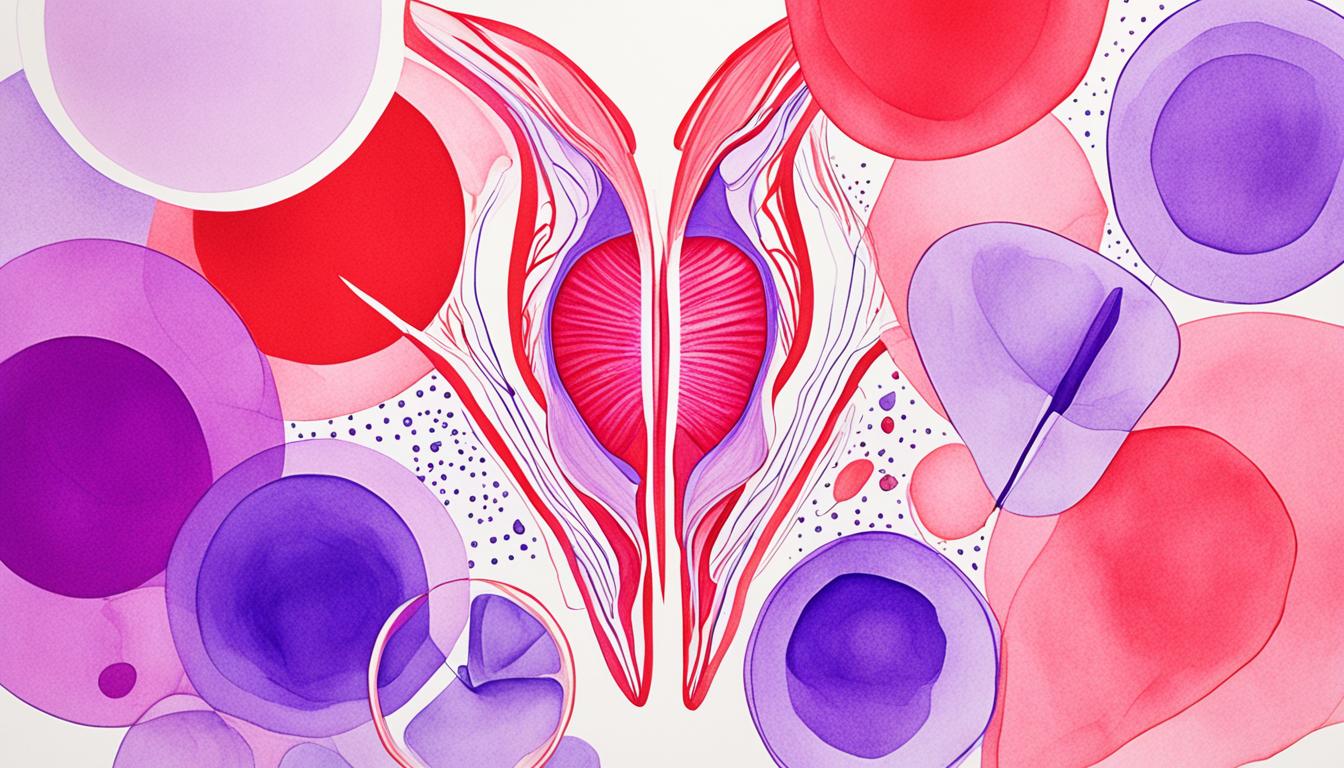Vaginal prolapse posterior is a condition that affects many women, especially those with multiple pregnancies. It may happen after going through a lot of labor. This condition happens when the uterus moves downward into the vagina or even outside the vulva. It can also cause the bladder or rectum to push against the walls of the vagina.
Women with this condition may feel a heavy sensation in the lower abdomen. They might also have discomfort in the vulva or perineal area. Problems with urination, like finding it hard to pee or leaking urine, are common. They might also experience constipation.
The condition can come from things like being pregnant, going through a lot of labor, not getting enough nutrients, or even being born with some issues.
Doctors can try a few things to help, like special exercises or using devices that support the vagina. They might also suggest taking certain hormones. Sometimes, surgery is needed to fix the problem. There are different surgical techniques that can help put things back in place, like the Manchester or Lefort methods.
Yet, there’s a new hope for those with vaginal prolapse posterior – stem cell therapy. This treatment uses special cells that can rebuild and fix the damaged area in the body. It’s a promising option for treating this condition.
Key Takeaways:
- Vaginal prolapse posterior is a common condition in women, often caused by multiple pregnancies or excessive labor.
- Common symptoms include heaviness in the lower abdomen, discomfort in the vulva-perineal area, urinary problems, and bowel movement issues.
- Genital prolapse can be treated with rehabilitation exercises, vaginal lifting rings, hormonal therapy, and surgical techniques.
- Stem cell therapy is an emerging treatment option that shows promise in repairing and regenerating damaged tissue in the pelvic area.
- Further research and clinical trials are needed to fully explore the effectiveness and safety of stem cell therapy for vaginal prolapse posterior.
Epidemiology and Prevalence of Vaginal Prolapse Posterior
Pelvic organ prolapse, especially vaginal prolapse posterior, is quite common in women. Studies show its numbers will grow by 2050 in the U.S. This is due to the aging population.
Vaginal prolapse is often treated surgically. Surgeries like abdominal sacrocolpopexy use different materials for support. Different age groups need specific surgeries for their prolapse.
Pelvic surgeries can lead to issues like graft exposure or failure. These surgeries also cost a lot and use many healthcare resources.
Surgical Treatment Options for Vaginal Prolapse
| Treatment Method | Description |
|---|---|
| Abdominal Sacrocolpopexy | A surgical procedure lifting the vagina. It’s supported using materials attached to the sacrum. |
| Vaginal Mesh Surgery | A surgery where synthetic mesh is placed through the vagina. It helps support pelvic organs. |
| Hysterectomy | Surgical removal of the uterus. Done if the prolapse is caused by the uterus. |
| Vaginal Colpopexy | Attaches the top of the vagina to a strong ligament. A strong support method. |
Choosing surgery means healthcare providers must think about the risks and benefits. They should customize the treatment to each patient’s specific situation.
The Role of Stem Cell Therapy in Treating Vaginal Prolapse Posterior
Stem cell therapy is a new way to treat vaginal prolapse posterior. It uses mesenchymal stem cells. These cells come from bone marrow or fat tissue. They can turn into many kinds of tissues, like those in the pelvic floor. This lets them help repair and regenerate damaged tissues.
Research has shown that putting bone marrow stem cells into the body can reduce pelvic floor issues and help with prolapse symptoms. It’s a new way to help with these problems. Besides bones and fat, stem cells from the uterus and menstrual blood also look promising for fixing the pelvic floor.
Doctors are also looking into using special stem cells for treatment. They can 3D-print stem cells from the uterus to form structures that are like the pelvic floor. These structures help improve how well the stem cell therapy works.
Even with its potential, more research is necessary to make stem cell therapy for vaginal prolapse safe and effective. Many clinical trials are now running. They aim to better know how stem cells can treat this condition.
Conclusion
Vaginal prolapse posterior disease is quite common and can greatly affect a woman’s life. Luckily, many treatments are available. This includes simple exercises to complex surgeries. Women can choose what suits them best.
Stem cell therapy is an exciting new treatment for this condition. It shows promise in healing the damaged pelvic area. Stem cells can turn into various tissues, making it a significant option.
However, more studies are needed to fully understand this therapy’s benefits and safety. With the help of evolving technology and a team approach to care, women with this disease can look forward to better days.

